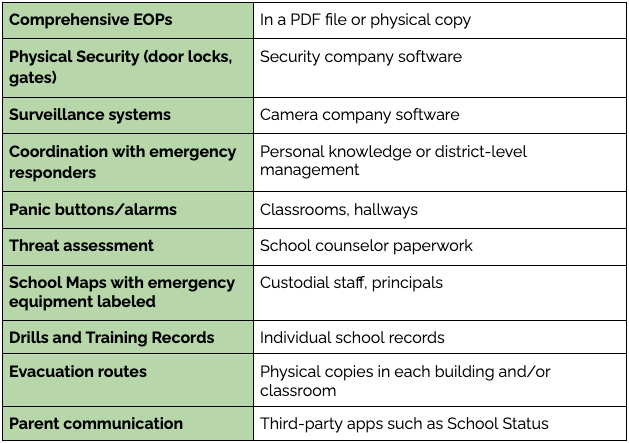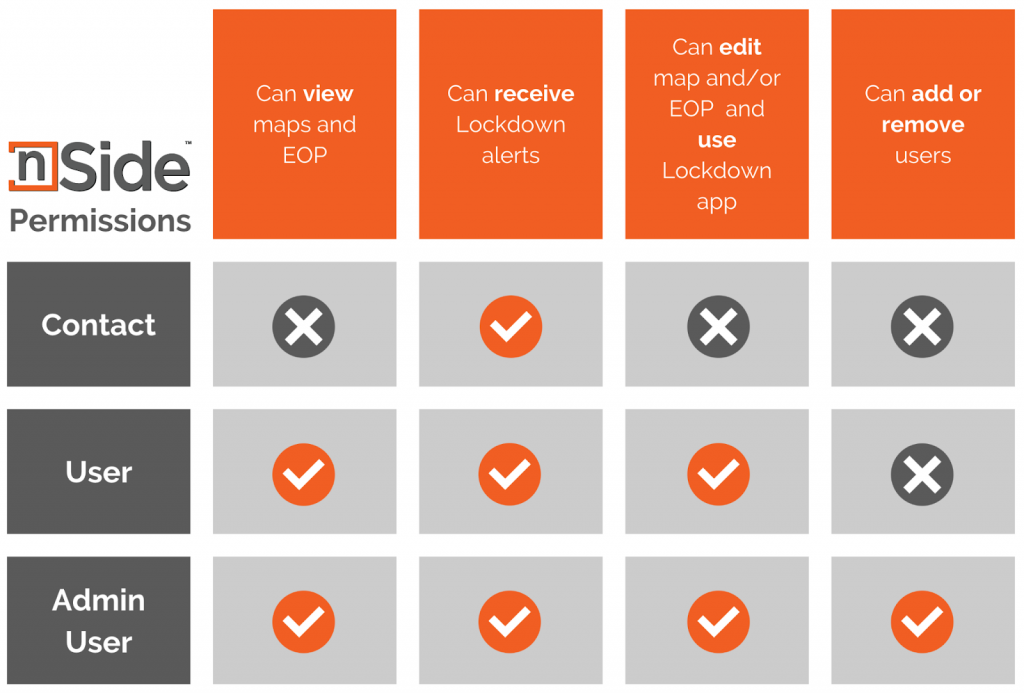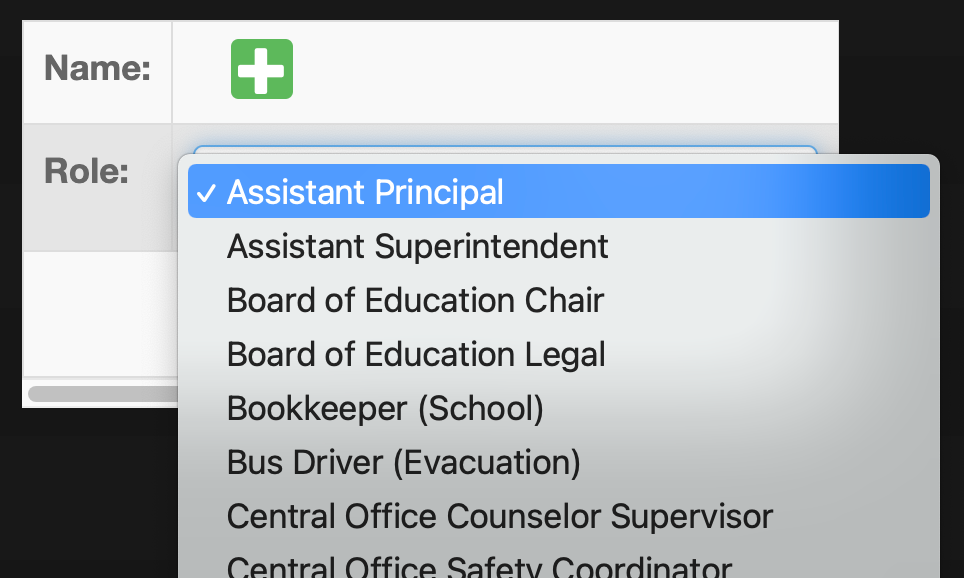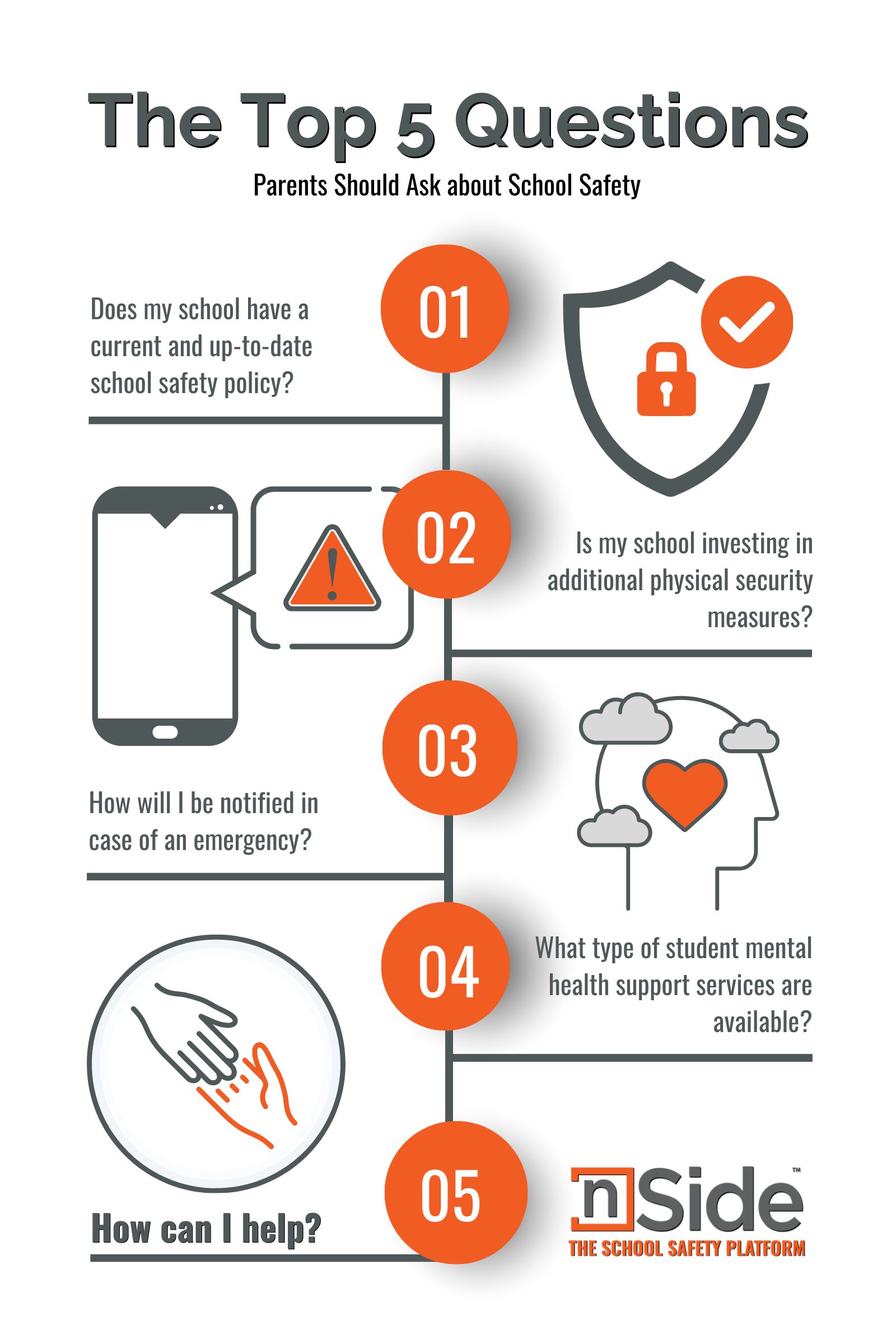Behavioral assessment is an essential tool that can help prevent and manage an array of challenges in schools. It involves identifying and evaluating potential threats posed by individuals and developing strategies to address them. By using a threat assessment approach, schools can identify students who are at risk of harming themselves or others and provide them with the necessary support and intervention.
A threat assessment team is typically composed of individuals with different backgrounds and areas of expertise who work together to assess potential threats and risks to the school community. The composition of the team may vary depending on the school district’s policies and procedures but typically includes the following:
- School Administrators
- School Psychologist or mental health professional
- School Counselor
- School Resource Officer
- Teacher or staff member
Mental health challenges are a significant concern for schools today. Students may experience stress, anxiety, depression, and other mental health conditions that can impact their academic performance, behavior, and social interactions. Moreover, students who are struggling with mental health challenges may be at risk of engaging in dangerous behaviors such as self-harm or violence toward others.
By implementing a threat assessment approach, schools can better identify and address these risks. The threat assessment process typically involves several steps:
- Identify the threat: This involves identifying students who are exhibiting concerning behaviors. It may also involve identifying students who are struggling with mental health challenges, such as anxiety or depression, and who may be at risk of engaging in dangerous behaviors.
- Gather information: This involves interviewing the student, speaking with teachers and other appropriate school personnel, reviewing the student’s academic and disciplinary records, and consulting with mental health professionals and law enforcement as needed.
- Assess the risk: This involves evaluating the potential harm the student may pose to themselves or others. Based on this assessment, school administrators can determine the appropriate level of intervention needed to address the situation.
- Develop a plan: This involves creating a personalized plan for the student based on their specific needs and circumstances. It is important to keep in mind that while there are common warning signs, mental health struggles can look different in every student.
- Implement the plan: This involves putting the plan into action and providing ongoing support and monitoring for the student. This may include working with mental health professionals, school staff, and the student’s family to ensure that everyone is aware of the situation and knows how to respond if necessary.
The nSide platform offers a behavioral threat assessment case management system that allows those teams to easily monitor, manage, and store all threat assessment cases. This provides a centralized location for all threat assessment information, allowing appropriate personnel to follow cases through to the end, quickly access and review past cases, as well as identify patterns and trends that may require further action.
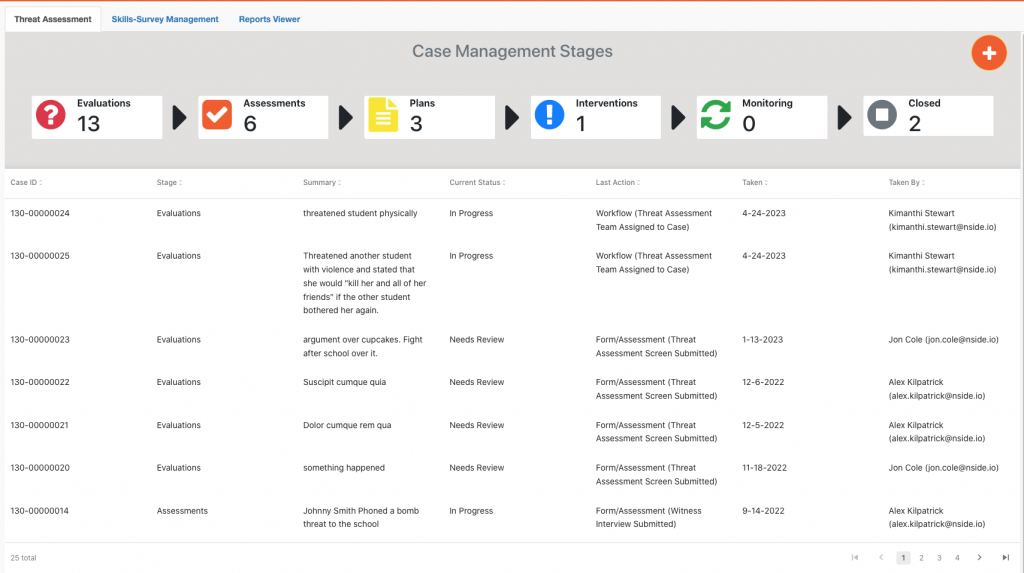
nSide is proud to offer a platform that houses everything related to school safety in one central location to make it easier to access, share the responsibility, and maintain it year after year. We use this connected technology to bring together everyone in your school community, including administrators, SROs, teachers, students, law enforcement, and EMS. Everything we offer is centered around connecting these groups to make reactions quick and directions clear. We work to help you create an environment that not only saves lives but also creates an environment that feels safe so learning can flourish.
Want to know more about how nSide can help?
Email us: help@nside.io
Call us: 1-800-604-1822





